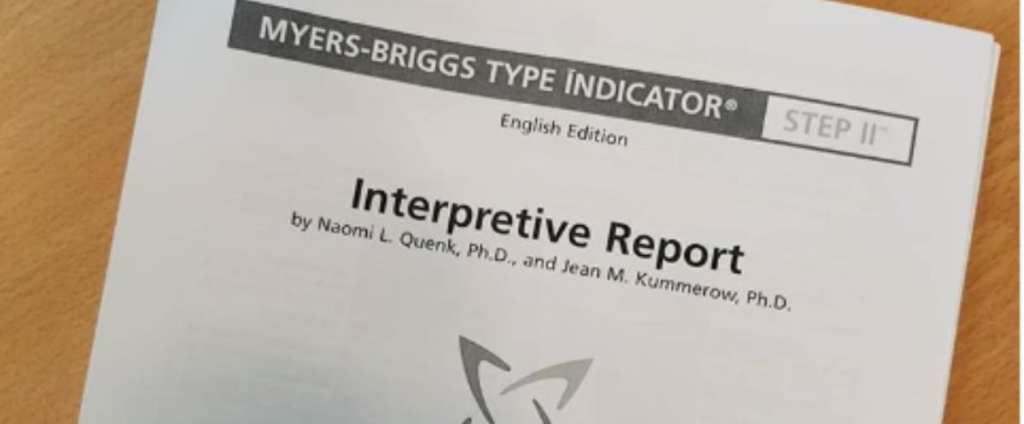Most of us have taken the Myers-Briggs test at one time or another (INFP here). Teachers, professors, managers – they all seem to think that the results are interesting not only, but that they might be able to provide insight into their workgroups that will make the days, months, and years easier to navigate.
Is that true?
The psychological community has been quick to point out that the test is only one of many that measures a person’s “type” when it comes to dealing with others, how they view decisions and decision-making, and communication skills…but that hasn’t stopped most people from treating the test a little bit like the Harry Potter sorting hat.
If you’re curious about the test and want to know more, these 8 facts are a good place to start.
8. It’s a popular tool used in the hiring – and firing – of employees.
https://www.instagram.com/p/B011ufnBs7B/
Officials in the U.S. Army, as well as bigwigs with General Electric, Standard Oil, and Bell Telephone were some of the firs to be convinced that being able to spot the right people for the right jobs could help reduce turnover, but having test results in hand also led to some people being reassigned or even fired, based on their “type.”
7. The test was developed by a mother-daughter team.
https://www.instagram.com/p/B1GOSyphQIe/
Katharine Cook Briggs and her daughter, Isabel Briggs Myers, developed the test together.
6. Psychologists refer to the test as a “fortune cookie.”
https://www.instagram.com/p/BzjEwoKDvSM/
Though it was long taken as gospel, researchers today argue that the Briggs women misread Carl Jung’s work on types, which led to “an act of irresponsible armchair philosophy and “a Jungian horoscope” that amounts to “little more than an elaborate Chinese fortune cookie.”
The test is still used by a majority of Fortune 100 companies and earns around $20 million a year.
5. Katharine Cook-Briggs was inspired by her future son-in-law (or love for her daughter, depending on how you look at it).
https://www.instagram.com/p/B1F–vShW4d/
When Isabel Briggs returned home from Swarthmore College with her new beau – law student Clarence “Chief” Myers – in tow, Katharine was fasciated by his personality, which was completely unlike everyone else’s in her family.
The desire to understand it – and the man who would eventually propose to her daughter – led to her study of the psychology of personalities.
4. It’s statistically unreliable.
https://www.instagram.com/p/B1Ft2_RJnil/
The Myers-Briggs test suffers from low reliability, which means that if you take the test more than twice, there’s a high chance your classification will change – and if you retake the test with more than a 5-week gap between testings, there’s a 50% chance your classification will be different.
Scientifically speaking, that’s not good.
3. The test was inspired by Carl Jung.
https://www.instagram.com/p/B1FMHq0puSd/
When Katharine Briggs discovered Jung’s 1921 treatise Psychological Types, her world changed forever. In it, Jung argues that humans have two perceiving “function-types” and two judging “function-types,” both of which are moderated by a person’s introversion or extraversion.
2. It’s not based on any formal psychology.
https://www.instagram.com/p/B1EvZ-fDjMf/
Neither Katharine Briggs nor Isabel Myers had any formal education in psychology or psychometrics, or any real professional training at all. Though Katharine would have said “one need not be a psychologist in order to collect and identify types any more than one needs to be a botanist to collect and identify plants,” many disagree.
1. The first test was immersed in the world of the WWII job market.
https://www.instagram.com/p/B1EtS9ZBExR/
World War II created a change in the American workforce that’s never been repeated. Women were working, the GI Bill was passed, and many career consultants went into the new era with the Myers-Briggs Type Indicator firmly in hand. The idea was that it would help people be matched with the best job for them, but with hindsight, many wonder if that ended up being true.
So go ahead and enjoy your results – just know that no one test defines you!






